Want to build a fashion marketplace that delivers both style and speed?
The fashion industry moves fast, and in the world of quick commerce, speed is just as important as style.
Customers today don’t just want the latest trends—they want them now.
This shift in consumer behavior has made quick commerce a game-changer, allowing fashion marketplaces to deliver products in hours instead of days.
With instant gratification becoming the new standard, Q-commerce fashion leaders like Myntra are raising the bar with rapid deliveries, seamless browsing, and hyper-personalized shopping journeys.
If you're planning to launch your own q-commerce fashion multi vendor marketplace, the opportunity is huge—but so is the competition.
So, how do you create a platform that meets the demand for speed while delivering an exceptional shopping experience?
Keep reading to explore the key steps to build a successful Q-commerce fashion marketplace.
Table of Contents
- Why Build a Quick Commerce Fashion Marketplace Like Myntra?
- Key Benefits of a Quick Commerce Fashion Marketplace
- How to Build a Quick Commerce Fashion Marketplace in 10 Steps
- 1. Create Multiple Storefronts For Different Locations
- 2. Give Unique Look and Feel to Each Sub-Store
- 3. Onboard Local Vendors from Different Localities
- 4. Add Location Specific Catalogs
- 5. Build Mobile Apps for Quick Shopping
- 6. Implement Personalization to Convert Buyers
- 7. Create Discounts To Boost Sales
- 8. Integrate Shipping Partners
- 9. Create a Frictionless Payment Process
- 10. Test With Mock Orders
- Conclusion
Why Build a Quick Commerce Fashion Marketplace Like Myntra?
Building a q-commerce fashion marketplace like Myntra offers a powerful advantage in today’s fast-paced consumer landscape. Q-commerce enhances customer engagement by offering faster gratification, reducing cart abandonment through swift checkouts, and fostering higher retention with personalized, on-demand services. For brands and sellers, it opens new opportunities to showcase curated collections, cater to time-sensitive buyers, and stay competitive.
Before we dig deeper, let us have a sneak peek at fashion ecommerce trends :
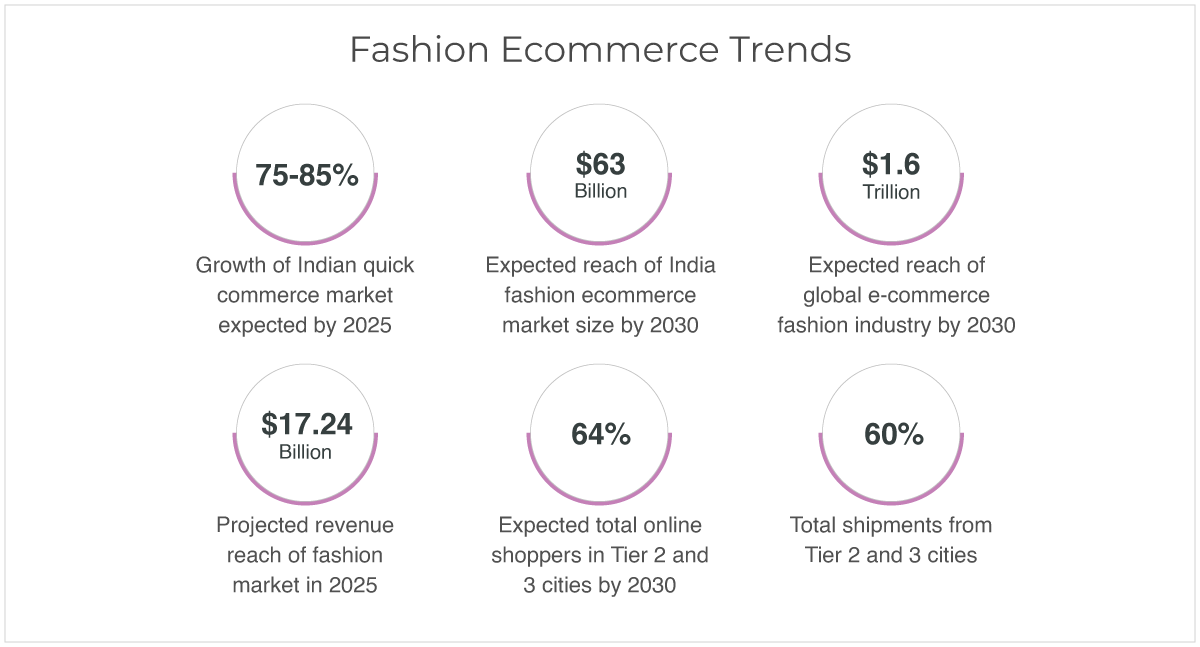
- 75-85% growth of Indian quick commerce market expected by 2025
- $ 63 billion is the expected reach of India fashion ecommerce market size by 2030
- $ 1.6 trillion is the expected reach of global e-commerce fashion industry by 2030
- $ 17.24 billion is the projected revenue reach of fashion market in 2025
- 64% is the expected total online shoppers in Tier 2 and 3 cities by 2030
- 60% total shipments from Tier 2 and 3 cities
Source: Indian Retail
The rapid growth of quick commerce and fashion ecommerce is more than just a passing trend—it’s a transformative shift shaping how consumers shop. With increasing demand for speed, convenience, and personalized experiences, adapting to these evolving preferences help you build customer trust and boost conversions.
Key Benefits of a Quick Commerce Fashion Marketplace
A q-commerce fashion marketplace not only meets the demands of your customers but also provides a competitive edge to your brand. Offering rapid deliveries, personalized experiences, and better brand engagement, you cater to last-minute shoppers, improve customer loyalty, and create a seamless shopping experience.
Here are some key benefits of adopting a q-commerce model for your fashion marketplace:
- Set your brand apart by offering quicker delivery options and an agile supply chain, attracting time-sensitive buyers
- Gain a competitive edge by offering localized inventory, allowing you to connect with customers in specific regions instantly
- Capture impulse purchases and urgent fashion needs by offering same-day or next-day delivery
- Leverage real-time data to offer curated collections and exclusive, time-sensitive deals, enhancing customer engagement
- Meet consumer expectations with rapid deliveries, leading to higher customer satisfaction and reduced cart abandonment
By embracing rapid fulfillment, hyperlocal visibility, and personalized offerings, businesses can stay ahead in the competitive fashion landscape. Q-commerce multi vendor marketplace model not only boosts customer satisfaction and loyalty but also opens new revenue streams through impulse and urgent purchases.
Now is the time to innovate and deliver fashion at the speed your customers expect. Wonder how?
Lets learn.
How to Build a Quick Commerce Fashion Marketplace in 10 Steps
Building a quick commerce fashion marketplace requires a strategic approach to deliver speed, convenience, and a seamless shopping experience. From selecting the right technology to optimizing logistics, every step plays a crucial role in ensuring success.
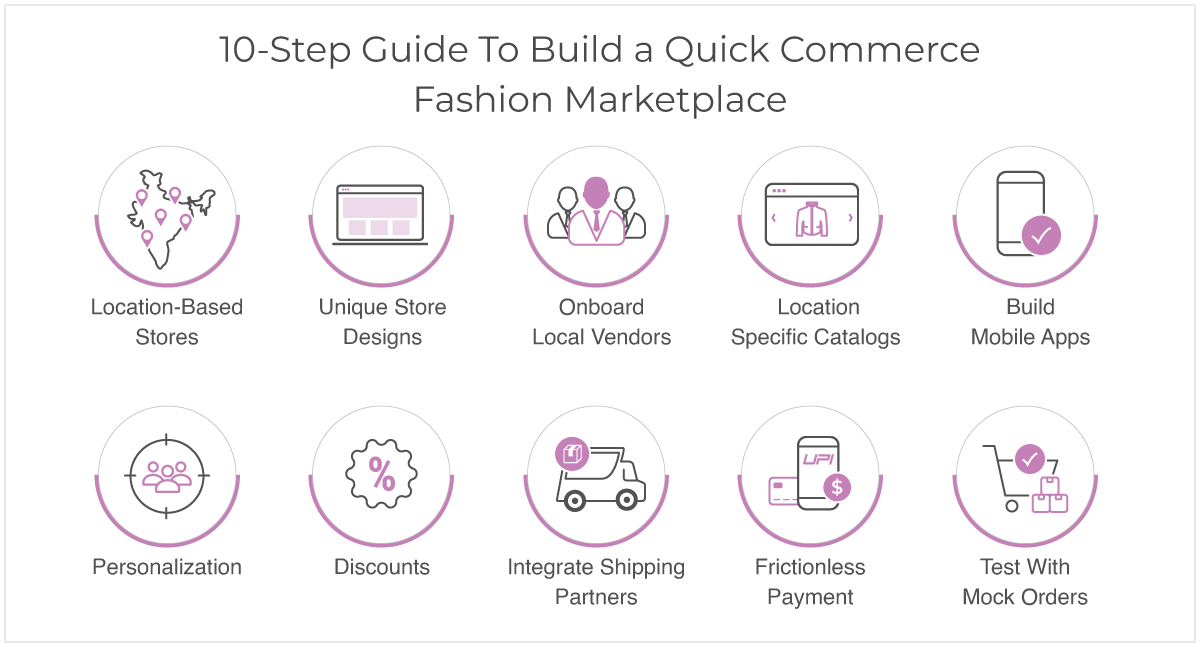
Here is a step-by-step process to help you build a quick commerce fashion marketplace:
1. Create Multiple Storefronts For Different Locations
When building a quick commerce marketplace for your fashion brand, creating multiple storefronts for different locations becomes essential. Wonder why? Well, you can cater to the unique demands of each region with location-specific stores. Consumers in different areas have diverse fashion preferences, shopping habits, and cultural inclinations. A location-based approach allows you to personalize product offerings, promotions, and pricing. It also helps in enhancing the user experience by providing a localized interface that resonates with customers' preferences. By setting up dedicated storefronts for different geographies, you can manage inventories more efficiently and offer faster deliveries.
StoreHippo dealer powered quick commerce solutions come with multi-store ecommerce capabilities that allow you to build and manage multiple storefronts from a centralized admin dashboard. With StoreHippo’s advanced sub-store features, you can quickly roll out multiple stores for different locations. Each sub-store can have a unique URL, create different inventory, offer unique deals etc, making it easier for customers to navigate and shop from their respective locations.
2. Give Unique Look and Feel to Each Sub-Store
When building a quick commerce marketplace for your fashion brand, you need to deliver a visually appealing and unique experience for every customer segment. Since different locations have different cultural aesthetics and seasonal trends, customizing the look and feel of each sub-store of your multi vendor marketplace helps establish a local connection and improves customer engagement. By offering location-specific designs, you can tailor the customer experience to align with local festivals, shopping seasons, and cultural preferences. For example, while a sub-store in Bihar might promote themselves during Chhath festival, a store in the Punjab could highlight Lohri festival.
With StoreHippo you can easily design different look and feel for each of your stores on your location-based marketplace. StoreHippo comes with a rich design theme library to help you choose and create designs easily and quickly. With the drag-and-drop feature from StoreHippo dealer powered quick commerce solutions, even novice sellers can quickly create professional-looking designs within minutes and with no coding required. StoreHippo theme designer also enables brands to play between designs and create multiple design variables for their storefronts. You can customize everything from homepage layouts to banners, product displays, and promotional sections.
3. Onboard Local Vendors from Different Localities
Local vendors play a crucial role in the success of a quick commerce fashion marketplace. By partnering with vendors from different localities, you can offer diverse product options and region-specific fashion items that resonate with local tastes and trends. Unlike traditional quick commerce models that rely on centralized dark stores, a vendor-powered approach enables you to use vendor warehouses and their inventories, eliminating the need for costly infrastructure. This model speeds up fulfillment by dispatching orders directly from vendor locations through a network of local delivery agents, ensuring faster delivery without the burden of setting up multiple dark stores. With dealer-powered quick commerce solutions your brand canbuild a system that not only enables you to go to market quickly but also reduces set up costs dramatically, enabling your business to focus on growth.
StoreHippo comes with a comprehensive and easy-to-use vendor management solution that offers a quick and easy vendor registration process. StoreHippo creates a unique vendor account for each seller to manage their everyday business. You as an admin can seamlessly manage the vendors, overview their business, approve or reject their products, etc, right from the admin dashboard. StoreHippo also offers an adaptive payment feature that helps you divide a single payment made by a customer into multiple sellers as well as admin. With StoreHippo’s delivery boy management system, your vendors can also manage their fleet of delivery boys for seamless deliveries. StoreHippo also comes with integrated logistics solutions at discounted rates to support hyperlocal ecommerce delivery. You can also add custom delivery partner or manage local delivery boys easily using your admin panel.
4. Add Location Specific Catalogs
To build a successful quick commerce fashion marketplace, it is vital to curate location-specific catalogs that align with regional preferences. Different regions have varied fashion trends and cultural requirements, and tailoring your product offerings to these nuances can significantly boost customer satisfaction. Efficient catalog management involves regularly updating product listings and ensuring the availability of region-specific styles. Providing a localized shopping experience through tailored catalogs can improve conversion rates and foster long-term customer loyalty.
StoreHippo offers advanced catalog management features that allow you to create and manage location-specific product collections effortlessly. Your vendors can bulk import and export all their products using CSV and then allot products to each sub-store right from the common central admin dashboard of your multi vendor marketplace. With StoreHippo’s automated order management solutions, your vendors can reduce the manual effort and sort their products in minutes.
5. Build Mobile Apps for Quick Shopping
In the fast-paced world of fashion q-commerce, mobile apps are a game-changer. Shoppers increasingly prefer the convenience of browsing and purchasing products through their smartphones. Mobile apps offer faster navigation, personalized experiences, and the ability to push real-time notifications for promotions and updates. With mobile commerce growing rapidly, offering a user-friendly app is no longer optional. It is a strategic necessity for providing seamless shopping experiences and staying competitive in the quick commerce fashion landscape.
StoreHippo is built on a mobile-first technology that comes with a built-in mobile apps builder. You can seamlessly create multiple Android and iOS B2B mobile apps right from your admin dashboard without any coding and at zero additional costs. When you build a B2B marketplace with StoreHippo, you automatically get a marketplace that is PWA, which means these multi vendor marketplaces work, look, and feel like mobile apps. StoreHippo also comes with built-in apps for various users like admin, vendors, delivery boys etc, to help them handle their business on the go.
6. Implement Personalization to Convert Buyers
Personalization is a powerful tool for driving conversions in a quick commerce fashion marketplace. Modern customers expect tailored experiences that align with their preferences and buying habits. By implementing personalization strategies, you can offer product recommendations, dynamic pricing, and location-based offers that resonate with individual shoppers. Taking personalization further, you can customize experiences by creating multilingual storefronts for different regions or customer segments, ensuring that shoppers browse and buy products in their native language and see offers relevant to their location. With personalized search results, curated product suggestions, and multilingual support, you can deliver hyper-relevant content for better engagement and conversions.
The flexible enterprise ecommerce platform StoreHippo is built on the decoupled headless architecture that can be tweaked inside out. You can implement multi-level personalizations like building multiple storefronts/sub-stores for different locations, audiences, or categories. You can also personalize the content with StoreHippo’s support for 100+ languages and create multilingual stores for your fashion brand. You can create targeted campaigns based on user behavior, purchase history, and location. This allows you to display personalized product recommendations and dynamic pricing for different customer groups on your quick commerce marketplace.
7. Create Discounts To Boost Sales
Discounts are an effective way to attract and retain customers in a quick commerce marketplace. Offering location-specific and time-sensitive discounts encourages impulse purchases and increases customer loyalty. Tiered pricing, bulk purchase discounts, and loyalty rewards can incentivize repeat purchases without cutting into margins. Providing personalized discounts based on customer behavior can further enhance engagement. Regularly refreshing your promotional offers keeps customers returning for new deals and helps your marketplace stay competitive.
StoreHippo provides a comprehensive discount engine that allows you to implement multi-level discounting strategies on your multi vendor marketplace effortlessly. With the powerful discount engine and coupon codes feature, you can roll out offers, deals and discounts suited for diverse audience segments in a few simple steps. With StoreHippo, you can also set up dynamic coupons, time-specific flash sales, and customer-specific deals. This flexibility enables you to run targeted promotions and boost your sales.
8. Integrate Shipping Partners
Fast and reliable delivery is the backbone of a successful quick commerce
marketplace. You need to reduce delivery time, optimize costs, and provide customers with multiple shipping options. You, therefore, need a robust ecommerce solution that helps in integrating with multiple shipping partners to offer timely deliveries across different locations. You can also integrate with regional couriers to improve last-mile delivery efficiency. With an effective shipping management, you can reduce delays, minimizes errors, and ensure a seamless post-purchase experience for your fashion customers.
StoreHippo offers 30+ pre-integrated domestic and international logistics partners to streamline fulfillment. StoreHippo also comes with built-in delivery boy management software that help vendors manage their fleet of delivery agents and ensure faster hyperlocal deliveries. With the efficient fulfilment solutions from StoreHippo, you can help your vendors track and manage their orders seamlessly on your multi vendor marketplace. StoreHippo offers an automated and simplified order tracking system so customers get a transparent view of their order processing and shipment tracking status.
9. Create a Frictionless Payment Process
A frictionless payment process is critical for providing a smooth shopping experience in a q-commerce marketplace. Complicated or slow payment methods can lead to cart abandonment and lost sales. It is advisable to offer a variety of secure and convenient payment options—such as digital wallets, credit/debit cards, etc to ensure a seamless checkout experience. You can also boost customer trust by ensuring that payment system on your fashion marketplace is fast, secure, and user-friendly. Additionally, providing location-based payment options makes it easier to cater to diverse audiences and increases the likelihood of successful transactions.
StoreHippo ecommerce solutions come with a host of digital payment solutions. With 60+ pre-integrated domestic and international payment gateways, you can seamlessly create a frictionless payment process. Your customers can choose to pay in their preferred payment methods from options like credit/store wallets, netbanking, cards, mobile banking, cash on delivery etc. You can also cater to global customers with StoreHippo’s support for multi-currency. StoreHippo dealer powered quick commerce solutions also enable you to implement payment gateways based on the location or device of your buyers.
10. Test With Mock Orders
Testing your q-commerce marketplace with mock orders is essential before a full-scale launch. This process helps identify operational bottlenecks, evaluate system performance, and ensure smooth order processing. It also helps you assess payment gateway reliability and ensure accurate tracking and notifications. Comprehensive testing minimizes errors, enhances system reliability, and ensures a flawless customer experience upon launch.
Conclusion
Starting a quick commerce fashion marketplace like Myntra requires a blend of advanced technologies and dealer powered quick commerce solutions. It helps you focus on location-specific audience groups and meet the rising demand for instant gratification. As consumer expectations continue to evolve, embracing quick commerce not only enhances your competitive edge but also opens new growth opportunities.
StoreHippo multi vendor marketplace solutions are built on MACH architecture that offers everything you need to run your quick commerce business. You can seamlessly keep pace with customer demands and drive growth in this fast-evolving q-commerce landscape with StoreHippo’s 300+ enterprise-grade features and 120+ built-in integrations.
Are you all set to start a quick-commerce fashion marketplace like Myntra? Explore StoreHippo by starting your 14-day free trial now.
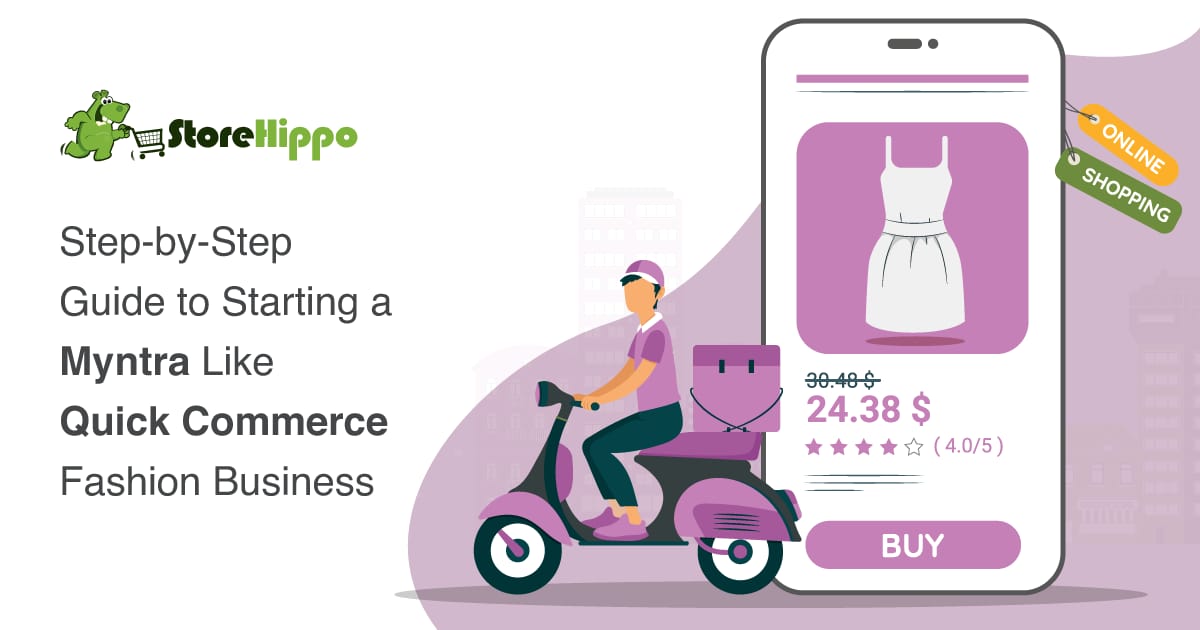

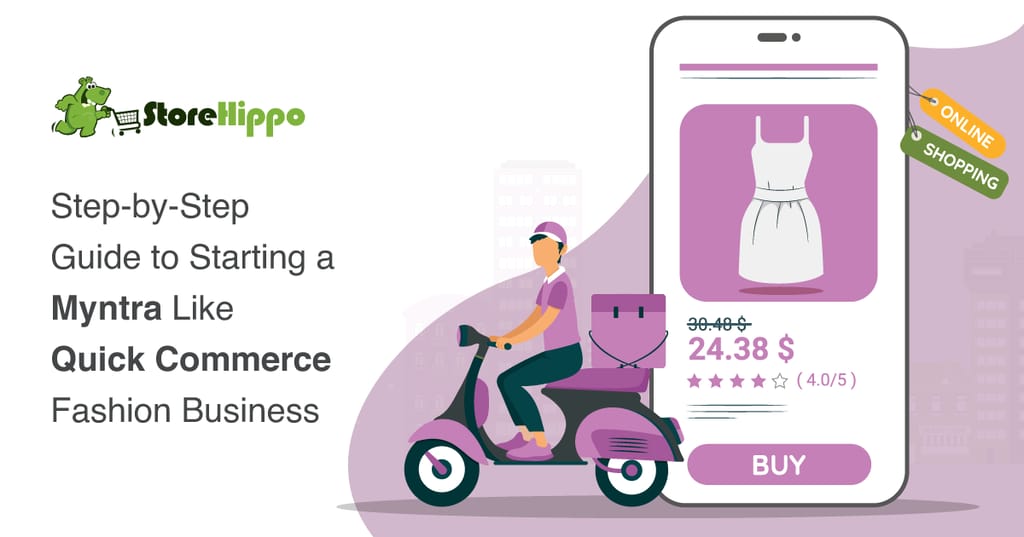













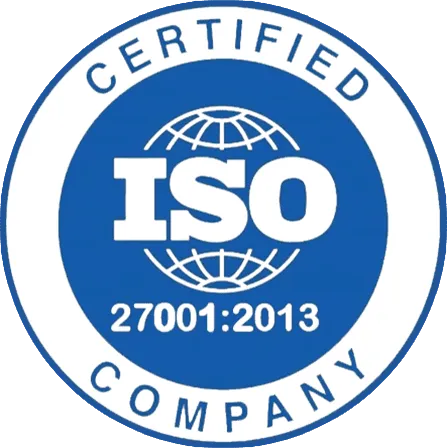




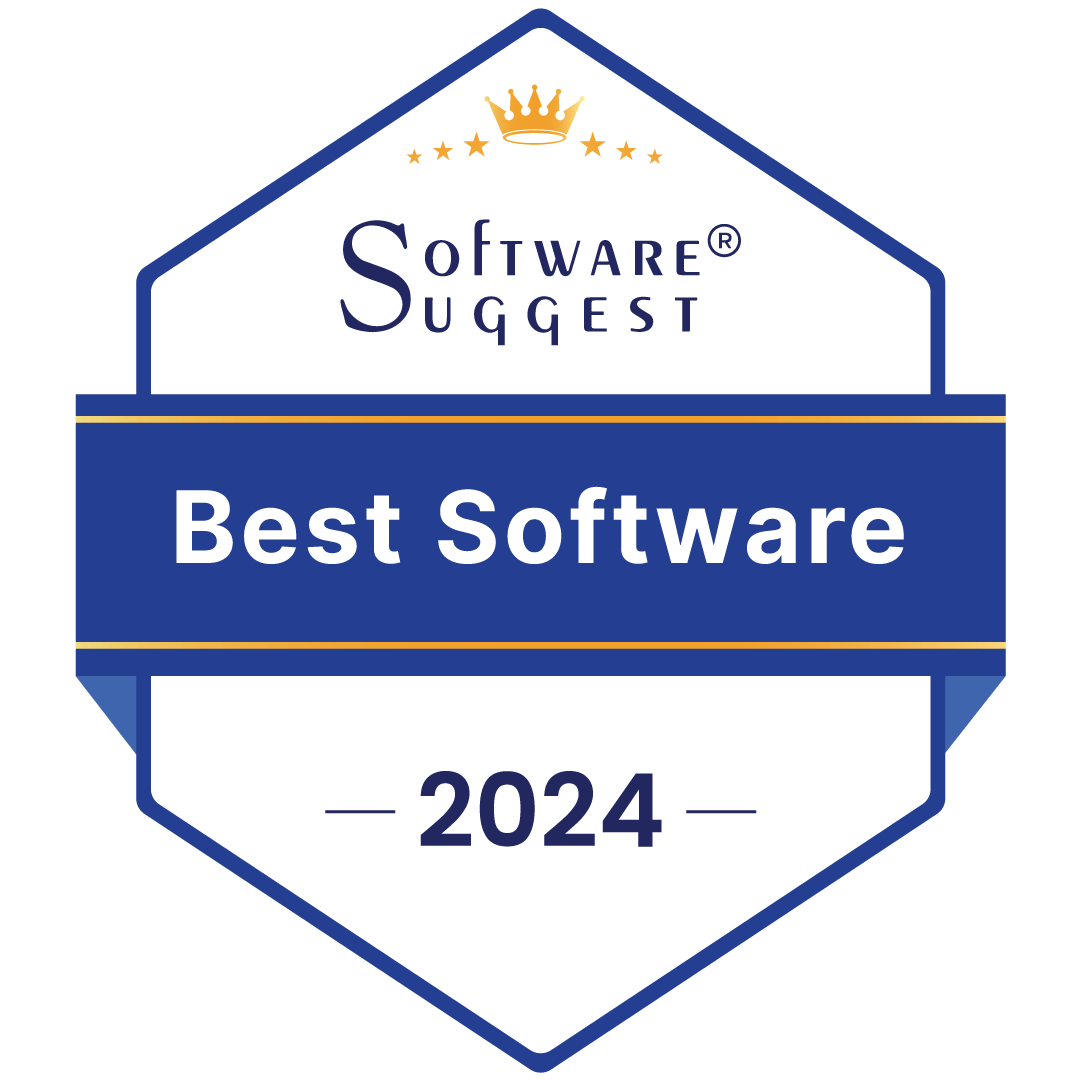
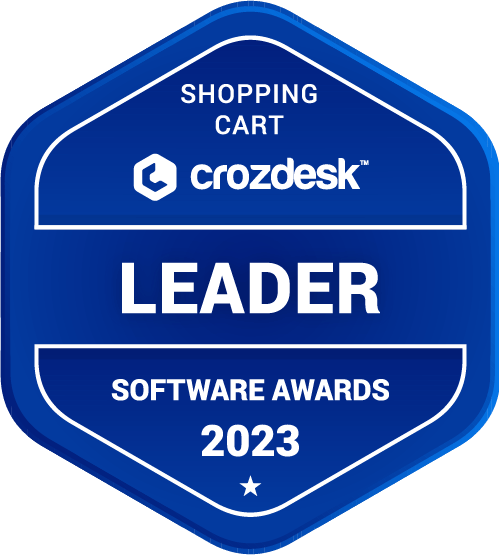
Leave A Comment